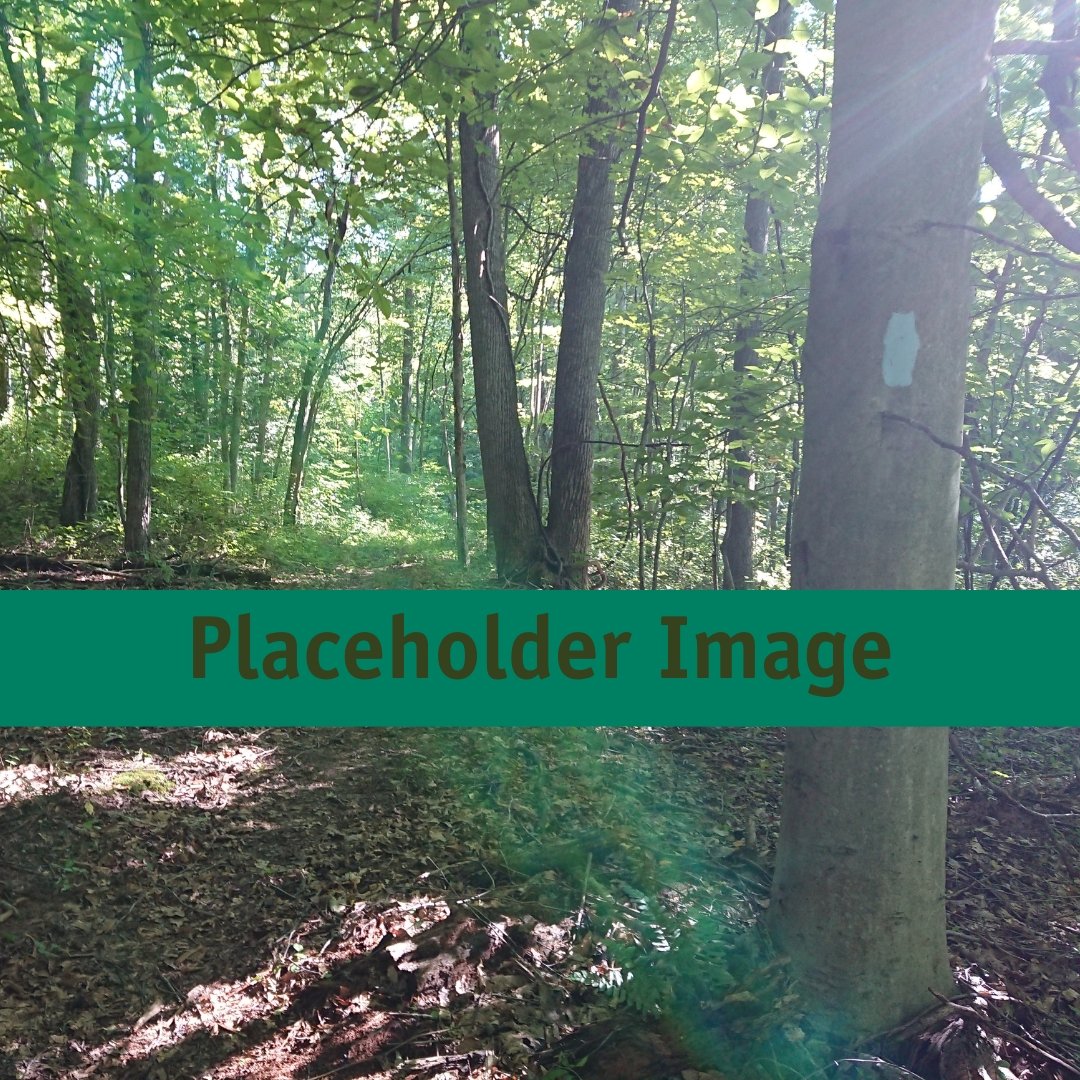Piqua
Piqua is located along the St Marys Section of the Buckeye Trail in the Miami & Erie Canal Chapter area. Piqua became the 4th Trail Town October 23, 2014.
Piqua is located on the west central side of Ohio on the banks of the Great Miami River. The city is a 30-minute drive north on I-75 from Dayton and is located 1.5 hours from Cincinnati and Columbus. I-75 Piqua exits are 78 (CR 25A) Exit 82 (US 36) and Exit 83 (CR 25A).
The BT enters Piqua from the south running concurrently on the Great Miami River Trail. After crossing the Great Miami River, the BT continues a short distance along the river before turning west at Lock Nine Riverfront Park. The BT follows the Linear Park Trail west, then turns onto the River’s Edge Trail. This is a quiet trail which goes by Franz Pond, Echo Lake, and Fountain Park. Picnic facilities are available at Fountain Park. The trail name changes at Fountain Park to the Canal Run Bike Path and continues north to Swift Run Lake. After Swift Run Lake, the BT will leave the city of Piqua where hikers will discover Johnston Farm and Indian Agency, a state historical site which includes an education center and a canal boat ride on a preserved section of the Miami & Erie Canal.
History
Piqua is a small community that was first laid out in 1807, but its history goes much further back. Piqua's history dates back to a previous settlement in 1747 called Fort Pickawillany located a mile northeast of the present city at the Great Miami River's intersection with Loramie Creek.Piqua started out as two separate communities, Upper Piqua and Lower Piqua, becoming one community by 1800. Rossville (since incorporated into Piqua) was the first local African-American settlement established after the death of John Randoph in 1833. Senator Randoph’s will stipulate his enslaved people would be manumitted after his death. The Rossville neighborhood and Randolph cemetery are located on the northeast side of the river off North County Road 25-A.
In 1837, the Miami Erie Canal reached Piqua, and the community remained the terminus of the canal until 1842. Throughout the years, the community had a rich history of textile mills, once being called the “underwear capital of the world.” Fifteen different companies manufactured underwear and knitwear there from the late 1880s to the mid-1980s.
Atomic City
Piqua was the home of the first municipal owned nuclear power plant. It was built and operated between 1963 and 1966 as a demonstration project by the Atomic Energy Commission. The facility ceased operation in 1966. The citizens of Piqua were very proud of their cutting-edge technology and referred to the city as “Atomic City”.
Plan your visit
Upon arriving in downtown Piqua, hikers will find the beautifully restored Fort Piqua Plaza. This building houses the Piqua Public Library, banquet facility and art gallery. Throughout the building are stained glass windows, breathtaking skylights and a marble grand staircase. Tours are available of the building.
Hikers can find many options for food and beverage. Winans Chocolates+Coffee has been in business for over 60 years, making handcrafted confections and small batched roasted coffee.
Other food options in the downtown area include pizza, ice cream, Hungarian bakery, deli, and gastro pub.
Downtown Piqua has many banks, YMCA, YWCA, post office, laundromat, gas stations and convenience stores.
Hikers looking to shop locally can explore antiques shops, locally owned running store, gift shops, organic market and a motorcycle thrift store.
Hikers wanting to spend more time exploring Piqua can pick up walking tour brochures at the Piqua Public Library.
Johnston Farm and Indian Agency is home to the Johnston Farm Museum, his 1815 three-story brick farmhouse, 1808 double-pen barn, 1815 springhouse, and 1828 cider house.
After the tour, visitors can ride General Harrison, a 70-foot-long replica of a canal boat commonly used to transport cargo and passengers during the 17th century, with costumed guides to give guests a more authentic experience.
Farrington Reserve is a 27-acre property located on West Peterson Road with 2,500-foot access to the Great Miami River. Acquired in 2009 by the Miami County Park District, this reserve offers vital habitat for migrating birds, food sources, and wildlife migration. The Reserve has close access to the Great Miami River Recreational Trail for bicycling and hiking activities.
John Scott Garbry Museum – Upper Valley Career Center – 8811 Career Drive, Piqua: Classroom and land laboratories for the Upper Valley Career Center Environmental Occupations program. Includes a hands-on museum replica of a town square featuring 19th century shops and craft demonstration (Throughout the year by appointment only – Open to the public third Sunday of October). Garbry was a 1986 inductee into the Ohio Conservation Hall of Fame, had a lifelong commitment and passion for conservation, historic preservation, and education. His gift of land and artifacts to the Upper Valley JVS led to the creation of the Willowbrook Environmental Education Center and Garbry Museum
Accommodations
There are several lodging options available via Airbnb.com
Caldwell House Bed and Breakfast 621 Caldwell Street
Woods Walk Farm 9111 W Miami Shelby Road
Hotels
Comfort Inn 987 East Ash Street
Baymont Inn & Suites 950 Ash Street 937
Comfort Inn-Miami Valley Centre Exit 82, I-75 & St. Rt. 36
Red Roof Inn Exit 82, I-75 & St. Rt. 36

